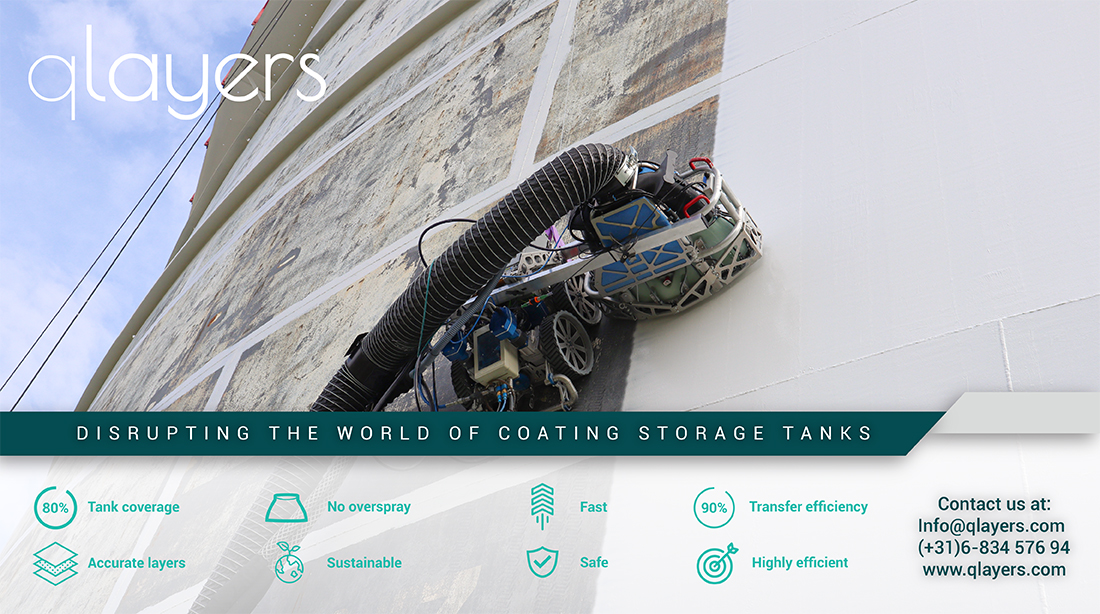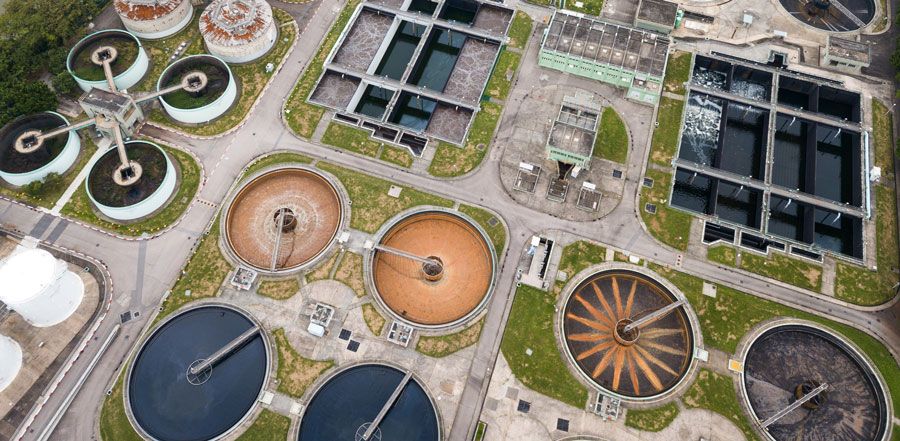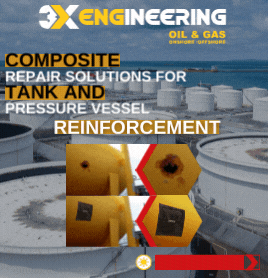Certain industries generate atmospheric emissions with compounds that emit intense and unpleasant odours. The most common are usually sulphur compounds, for example, mercaptans, hydrogen sulphide, and nitrogenous compounds such as amines and ammonia.
One of the industrial sectors mostly affected by the problem of odours are urban waste treatment industries and sewage treatment plants since the degradation of organic matter generates these compounds with unpleasant odours. However, it also usually occurs in the chemical, petrochemical, and food production industries.
These unpleasant odours can be eliminated with technologies whose objective is to transform the gas compound into a liquid or solid fluid. Such technologies are scrubbers, activated carbon filters, adsorption towers or biofiltration.
A scrubber is a system designed to treat gases that should not be emitted into the atmosphere. A scrubber is formed of a packed column where the contaminated gas is treated by exposing it to a liquid (usually in counter-current) that adsorbs the pollutant. It is a non-destructive technology. In addition to the tower, the scrubber system also incorporates a column in which the adsorbent liquid and the gas to be treated are recirculated in counter-current, as well as a recirculation pump to recirculate the adsorbent solution.
Commonly a collection tank is also installed, and at regular intervals the solution must be purged as the neutralised substances accumulate. Using a level control system, water and adsorbent fluid are then added in order to continue the adsorption process.
Because scrubber systems operate at ambient temperature, if the process gas reaches a high temperature (above 100ºC-150ºC) it will need to be cooled down. This is usually done by a device called “quench”, which is located upstream of the scrubber. A quench consists of a non-packed column where the gas comes into contact with the neutralisation solution that will subsequently be used in the scrubber. This performs an initial neutralisation and serves to cool down the process gas.
Active carbon filters are adsorption systems that capture and adsorb pollutants from the process gas, which adhere to the surface of the active carbon. The gas passes through a fixed bed of active carbon and adheres to the pores on the surface. The large transfer area per unit of volume facilitates the adsorption of the pollutant.
How does an active carbon filter work? The contaminated gas passes through the carbon bed. As it passes through, the pollutants adhere to the surface of the filter, thereby cleaning the process gas. Consequently, over time the active carbon becomes saturated, and when it reaches its maximum adsorption capacity it must be desorbed to be used again. In order to avoid halting the process, two adsorption columns are normally used, of which one is performing adsorption while the other is undergoing desorption.
With Tecam you will always have custom-made solutions and, if necessary, specific developments of components, software or materials. Tecam technicians are involved in the projects, contributing their expertise and knowledge, designing customised equipment for each case and customer.
For more information visit tecamgroup.com















